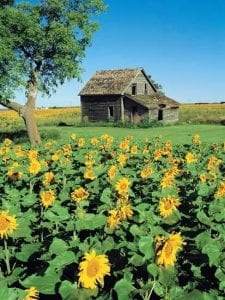Ambassador: Emily Palsa.3
Rachael Birri
Zack Boutwell
Jonathan Herrick
Emily Palsa
Eric Vermillion
Community F: This remote, rural community is located in one of the most agriculturally productive areas of the nation.
Population size = 12,000 residents.
Natural: 5 The soils and climate in this community are excellent for agriculture. The community has not been able to conserve much of the pre-existing forest and water resources that once existed in the community and have reduced their overall natural amenities due to heavily-investing in agriculture.
Cultural: 5 While traditionally the community had a strong identity and sense of community pride, youth in the community are beginning to question their rural place in the nation. The community’s symbols (e.g. school mascots) reflect its strong ties to agriculture. Older residents take pride in being hard-working, independent and self-sufficient.
Human: 4 Residents generally are knowledgeable in agriculture, but there is limited workforce training or higher education (college) opportunities in the community. There are limited job opportunities outside of agriculture, health care or in the local and small-scale financial, insurance, and real estate sectors.
Social: 7 Very strong bonding capital among farmers and certain residents who own downtown business, although certain families and neighborhoods lack strong social cohesion. There are a few individuals who bridge across different social groups and have strong connections with volunteers associations.
Political: 6 There exists trusted local leadership in the community, but these elected and administrative officials have few connections to the national government. Local property taxes are low and levies to support the local school system are generally supported.
Financial: 3 Financial resources exist for those with ownership of large portions of farmland and agricultural equipment, as well as some who own other local businesses. There is limited outside investment in the community and the local community foundation has a consistently small budget.
Built: 4 K-12 public school systems facilities are modern, but are lacking adequate telecommunication systems and internet connectivity. Local roads are expensive to maintain and the community is located far from a major highway system.
